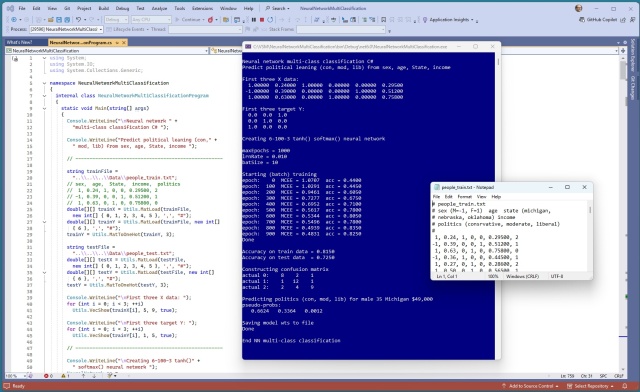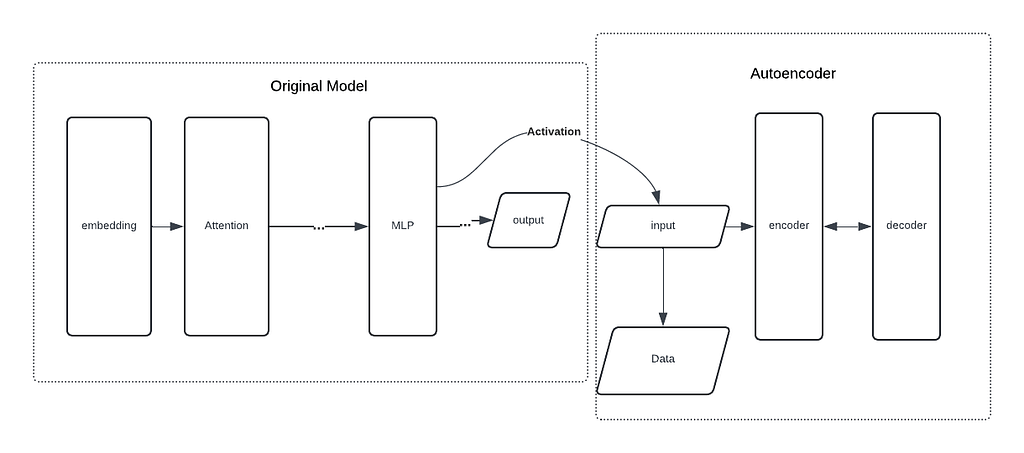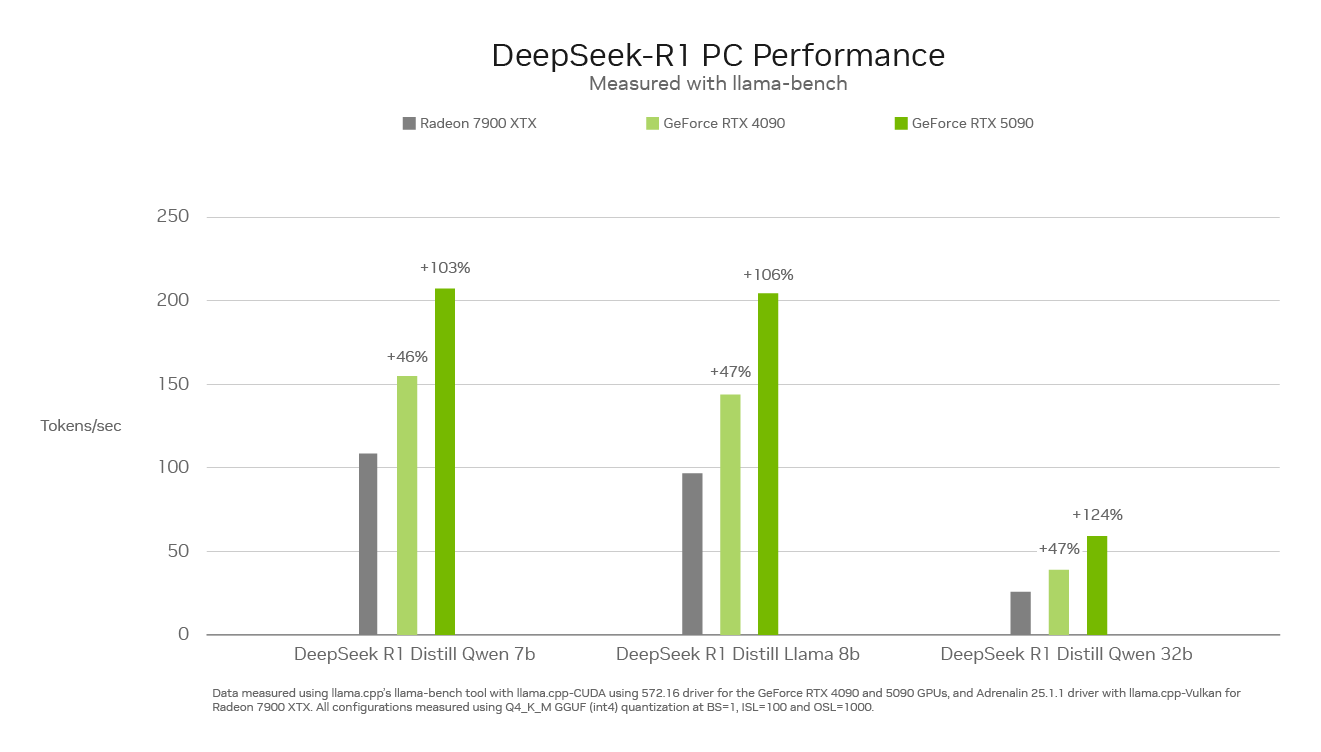Speaker to present "Introduction to Neural Networks Using C#" at 2025 Visual Studio Live conference in Las Vegas. Demo includes multi-class classification system predicting political leaning from synthetic dataset.
An exploration of neural networks inspired by the human brain, including back-propagation training. Understand AI at its core.
Mark Thomson, the next director general of Cern, believes AI will transform particle physics, potentially revealing the fate of the universe. Machine learning advancements in physics could be as groundbreaking as Google DeepMind's Nobel prize-winning protein structure prediction.
James Florence, 36, to plead guilty for cyberstalking with AI chatbots impersonating a university professor for sex. He used CrushOn.ai and JanitorAI to direct chatbots in explicit ways.
Disentangle complex Neural Networks with Sparse Autoencoder to uncover interpretable features, overcoming superposition challenges in Large Language Models. Sparse Autoencoder introduces sparsity in hidden layers to decompose neural networks into more understandable representations for humans.
Top graduates key in AI race per tech council; DeepSeek's arrival sparks cybersecurity concerns, energy-efficient AI push in Australia.
AI startup disrupts industry with cost-effective AI model, causing $600bn loss for Nvidia. Chinese tech startup releases DeepSeek R1, a cheaper, more efficient AI assistant compared to US tech giants.
UK introduces groundbreaking laws to combat AI-generated child sexual abuse images, closing legal loophole. Law enforcement agencies warn of alarming increase in technology's misuse.
ChatGPT excels in poetry but struggles with images, while DeepSeek stands out in political conversations. Owners of ChatGPT face the reality of DeepSeek's competitive edge.
Retrieval-augmented generation (RAG) enhances generative AI with specific data sources, improving accuracy and trustworthiness. RAG helps models provide authoritative answers, clear ambiguity, and prevent incorrect responses, revolutionizing user trust.
Foundation models (FMs) are surpassing supervised learning in text classification tasks, with benefits like rapid development and extensibility using Amazon Bedrock. Travelers and GenAIIC collaborated to build an FM-based classifier for automating service request emails, saving thousands of hours with 91% accuracy.
OpenAI's Sam Altman faces allegations of unauthorized use of chatbot models by a Chinese hedge fund, causing market chaos. OpenAI responds with a statement promising to protect their technology aggressively.
The DeepSeek-R1 model family offers powerful reasoning models for AI enthusiasts, running on NVIDIA GeForce RTX 50 Series GPUs with up to 3,352 trillion operations per second. These models can tackle complex tasks like math, code, and problem-solving, enhancing user experiences on PCs and unlocking agentic workflows.
MIT chemists use generative AI to predict 3D genome structures, revolutionizing analysis speed and cell-specific gene expression research. Their model, ChromoGen, can quickly analyze DNA sequences to determine chromatin structures in single cells, opening new research opportunities.
Chinese AI company DeepSeek's new chatbot rivals OpenAI's ChatGPT with superior performance and efficiency, causing a stir in US tech stocks. The Guardian explores DeepSeek's breakthrough, addressing security, censorship, and the impact on the US AI industry.















